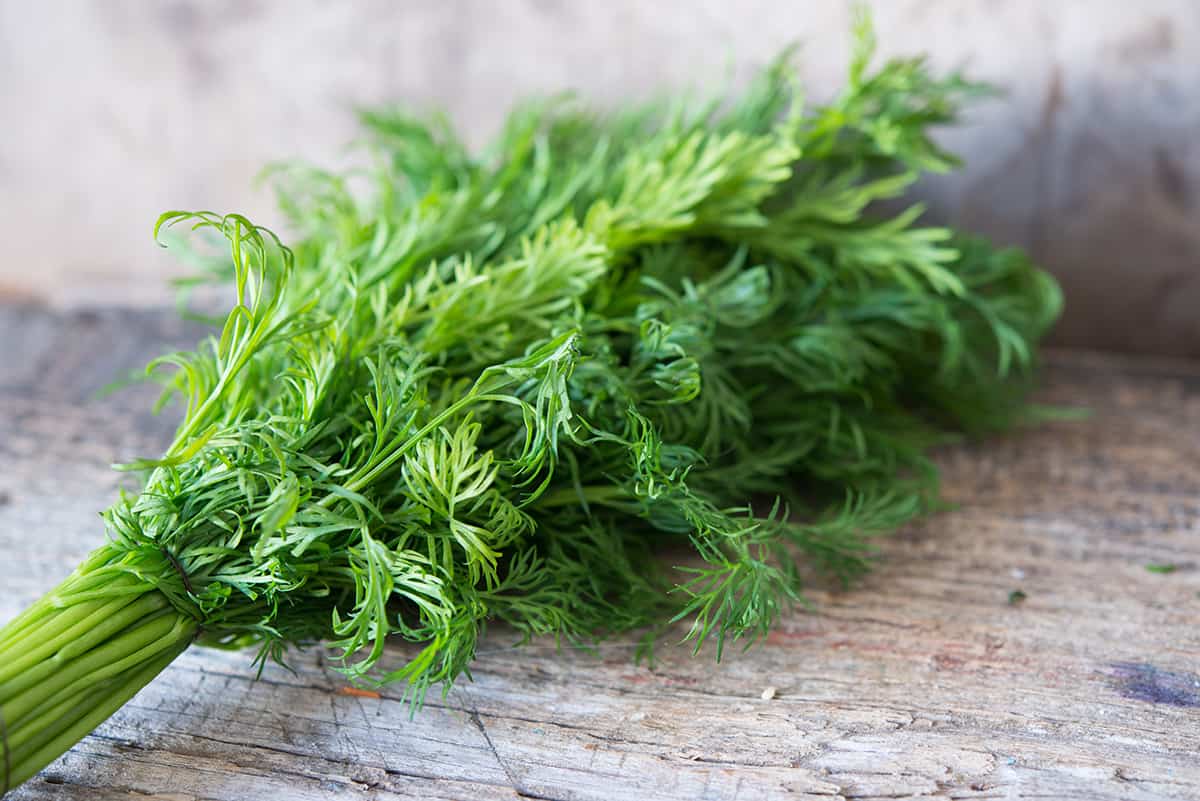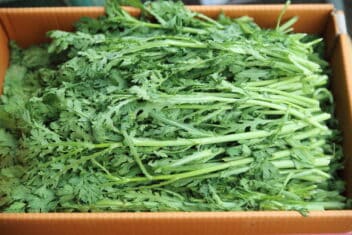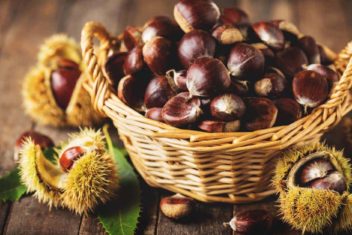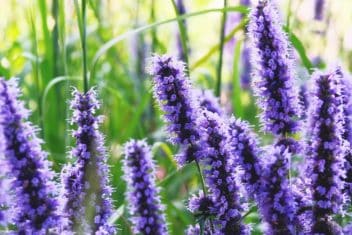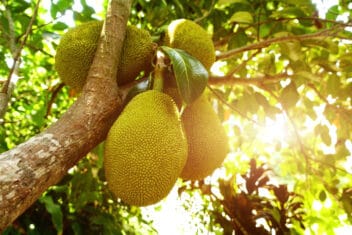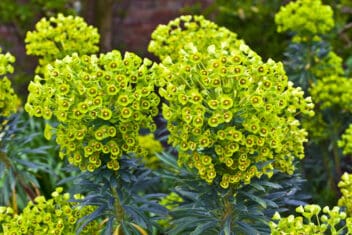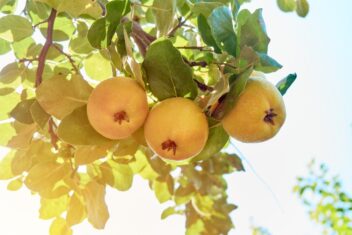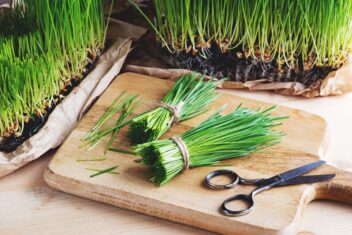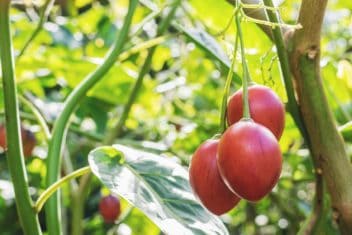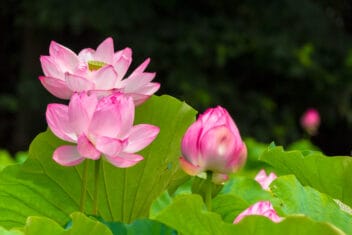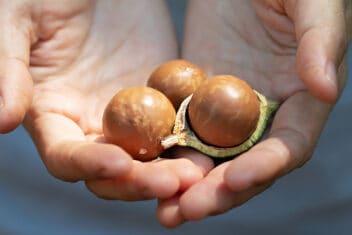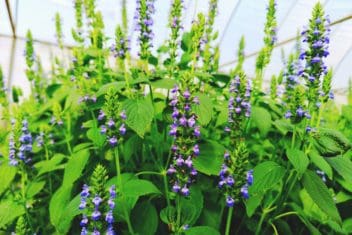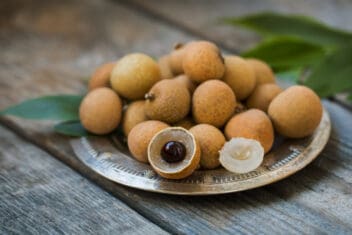The herb fennel has a long growing history and a multitude of uses including culinary and medicinal ones. Nowadays, most people use fennel in the kitchen for its unique anise or licorice-like flavor.
But many people pass over growing herb fennel because they have no idea how to use it, opting to grow the more familiar bulb fennel, instead.
That’s a shame, because herb fennel is a real star in the kitchen. Here’s how to get started with it.
Herb Fennel vs Vegetable Fennel
Fennel might be best known for its role in Italian cooking. It’s high in fiber, low in calories, and full of healthy nutrients like vitamin C and potassium.
But don’t confuse the herb fennel (Foeniculum vulgare), sometimes called common fennel, with the vegetable (Foeniculum vulgare var. dulce).
Here is a bit about the differences:
Herb Fennel

Common fennel has an anise-like flavor with feathery leaves and strong seeds.
The leaves have a delicious flavor that pairs well with fish and eggs. The seeds are somewhat spicier and stronger, but with a similar flavor.
The plants have much smaller bulbs, if any at all, and have leafier top growth.
Popular herb fennel cultivars for growing in the home garden include:
- Sweet Fennel: This is the standard herb fennel that you might grow for fresh or dry leaves.
- ‘Rubrum’: This fennel type has bronze leaves that stand out. It’s most commonly used as an ornamental plant, though it is edible.
- ‘Purpureum’: This variety grows deep bronze to red foliage, and it’s also an ornamental and edible fennel plant.
Bulb Fennel
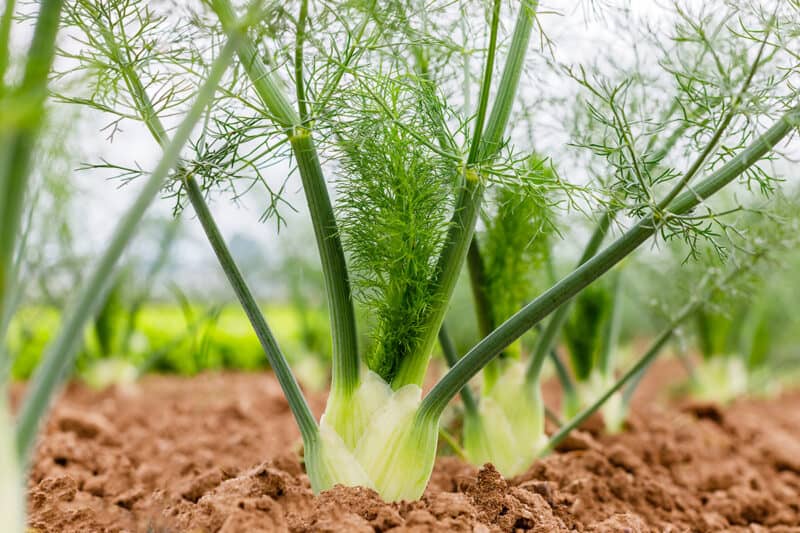
Sometimes called Florence fennel, this variety produces crisp, celery-like bulbs that have a strong anise flavor along with fragrant foliage and seeds. It’s used as a vegetable in dishes.
While the leaves and seeds are edible, they are slightly milder than herb fennel. The bulb of the plant has a sweeter flavor than the leaves.
These plants have large bulbs and thinner foliage.
A few popular bulb fennel cultivars include:
- ‘Rhondo’: This variety produces round bulbs that mature quickly.
- ‘Victoria’: Here is a vigorous variety that resists bolting more than other types.
- ‘Cantino’: This is a slow-to-bolt variety that you can plant early in the spring.
Planting Herb Fennel in Your Garden
Those who live in USDA Growing Zones 6-10 can grow common fennel as a perennial or biennial. It’s not able to withstand a hard frost, so most gardeners in North America grow it as an annual.
When to Plant Fennel
The best time to plant fennel is in the spring as soon as the soil is warm enough to work. Fennel is a cool-weather crop, so if you don’t plant it during the spring, you also can plant it at the end of the summer for a fall harvest.
Just don’t try to grow it in the summer or when a hard frost is expected.
Where to Grow Fennel
This herb grows best in a location with full sunlight. The plant needs to receive at least six hours of direct sun each day.
Fennel plants grow up to five feet tall depending on what variety you grow. When you pick a spot, make sure you take into account the eventual size of this plant.
You don’t want it to cast too much shade on other plants when it reaches full maturity.
The Right Soil for Growing Herb Fennel
Herb fennel is happiest when growing in soil rich with organic matter and on the acidic side. It’s best to amend the dirt with compost before planting to ensure the plants can access all of the vital nutrients while improving the soil’s drainage.
These plants tolerate an acidic pH level as low as 5.5. Before you mess with the pH range, make sure you test the soil with a pH meter or send-away kit from your local county extension office.
If you need to make your soil more acidic, a few amendments to consider are:
- Sphagnum peat moss
- Elemental Sulfate
- Nitrogen Fertilizer
Planting Seeds
The easiest way to plant fennel is by seeds; the plants may be divided, but since fennel has long taproots, it prefers not to be moved or divided. Seeds have the best results.
Before planting, make sure to soak your fennel seeds for 24-48 hours. Soaking the seeds ensures the best germination rate possible.
Fennel seeds are small, so plant in a thin trench and keep the area moist until the seeds sprout. Once the sprouts are a few inches tall, thin the plants 12-18 inches apart.
Can You Grow Fennel in Containers?
It’s possible to succeed at growing herb fennel in containers, but the taproots grow up to a foot long, so you need a deep pot.
Also, this plant doesn’t like dry soil, and pots dry out faster than in-ground gardens. You’ll need to watch the moisture content of your soil and water frequently.
Caring for Fennel Plants
Once you have your herb fennel plants growing in your garden, taking care of these plants is easy. The most important part is keeping them watered.
Here is what you need to know.
Water Your Plants
The soil around your fennel plants needs to stay consistently moist. Check the dirt regularly by sticking your finger into it. If it’s dry one inch down, then it’s time to water. If it’s still moist, then wait until the next day to water or check it later in the day.
In general, fennel needs at least one inch of water per week. If the weather is hot, make sure to water more to avoid dry soil.
Feed Your Plants Regularly
Evidence shows that regular feedings with a nitrogen-heavy fertilizer will lead to extra leaf production.
Try feeding your fennel plants with water-soluble plant food. Another option is to mix a slow-release fertilizer into the soil, slowly releasing the nutrients throughout the growing season.
Mulch Around Your Plants
Mulching around your plants helps to retain soil moisture. Remember, the soil cannot dry out around fennel plants. It also helps to prevent weed growth around your plants that compete for nutrients in the soil.
Pinch the Flowers
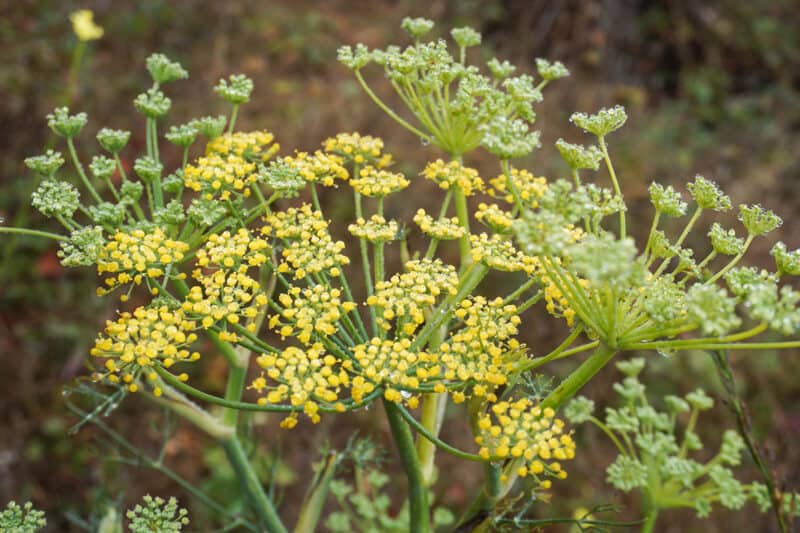
When the blooms start to appear, you can pinch them off to stop the plant from going to seed. If your goal is to harvest just the leaves, pinching is a good idea.
If you want it to flower and seed, don’t pinch it. You can harvest the seeds once the seed head has started to turn brown.
Fennel Companion Plants
Unfortunately, fennel has no friends. Most annuals don’t like growing near herb fennel, so it’s best on its own.
Fennel also inhibits the growth of other plants, especially coriander and caraway. Dill and fennel cross-pollinate, so keep them apart.
Fennel Pests & Diseases
Fennel doesn’t have too many pests, but there are a few problems you might face when growing fennel in your garden.
Aphids
Aphids are small, soft-bodied insects that stick to the underside of the leaves and stems of the plants. Small infestations rarely cause problems, but severe infestations lead to issues.
Check out our guide to aphids and how to get rid of aphids in your garden.
Armyworm
Another pest that bothers fennel is armyworms. These pests cause closely grouped circular or irregularly shaped holes in the foliage. The larvae feed on the leaves, leading to skeletonized leaves.
Armyworms reproduce quickly; up to five generations hatch and grow in one year. There are many methods to control armyworms organically. One option is to use BT (Bacillus thuringiensis) as a biological control method.
Downy Mildew
If your plant develops yellow spots or white fluffy growth on the leaves’ upper surface, your plant probably has downy mildew. This is a fungal infection that is frustrating to handle.
Read our guide on how to identify and treat downy mildew.
Powdery Mildew
This fungal infection causes a powdery growth on the leaves, flower stalks, and bracts. Severe infections cause the flowers to become distorted.
Learn how to identify and treat powdery mildew in our handy guide.
Harvesting Fennel
Gardeners can harvest fennel leaves at any time throughout the growing season. The more that you trim it, the bushier the plant becomes. That creates a larger harvest, so don’t be too shy about harvesting fennel leaves.
Some fennel types produce bulbs as well as leaves. The bulbs may be harvested when they measure several inches across.
Using Fennel
Many people never try growing herb fennel because they have no idea how to use it.
The leaves and seeds have an anise flavor that slightly resembles licorice. This flavor works well in salads, soups, and stews. Fennel flowers are edible as well. They work as garnishes for different meat and potato dishes.
Fennel fronds make a tasty pesto, or chop them up and use them on top of pasta dishes.
If you’ve harvested more than you can use, wrap the leaves in a paper towel and place them inside a plastic bag. They can store in the fridge for up to a week.
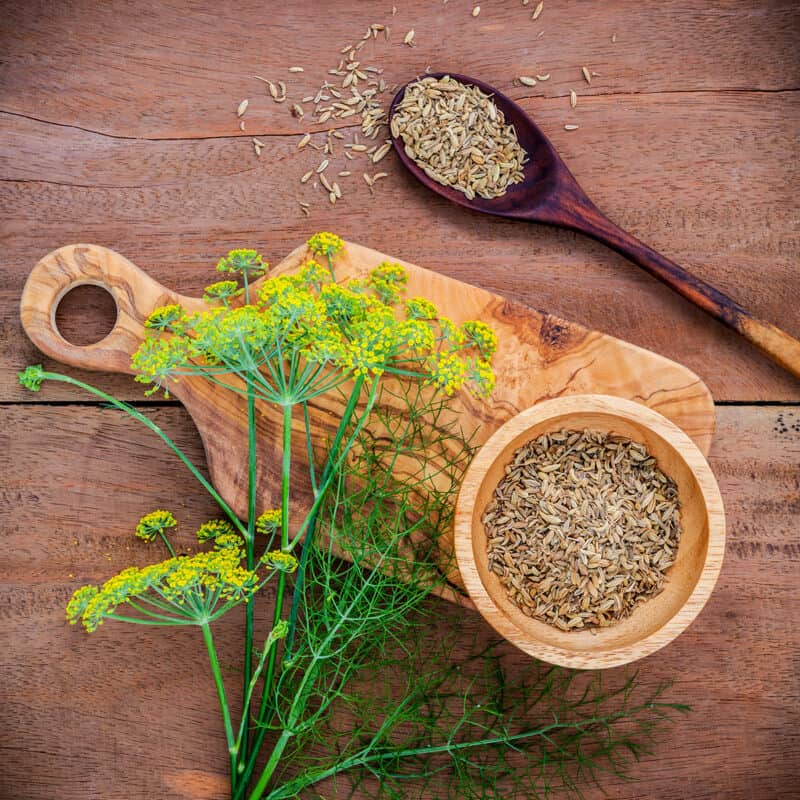
If you want to dry and use the seeds in your cooking, snip the seed heads and hang them upsidedown in a sheltered area with good air circulation. After a week or two, gently rub the seed heads between your hands to release the seeds.
If you want to try a new plant in your garden, consider growing herb fennel. Don’t fear using it; it adds delicious flavors to dishes.
